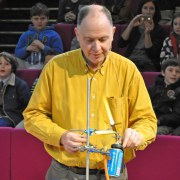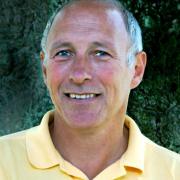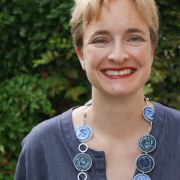The more curious we are about a topic, the easier it is for us to learn new information about that topic. But it turns out that once our curiosity is piqued by topic A, we will also retain information about topic B more easily. This should motivate us to make our exhibitions and exhibits as curiosity-inducing as possible.
And how do we do that? Literature can provide us with some tips. Ask a question. Start with surprising but incomplete information. Give different materials to different visitors so that they only get the entire picture by collaborating. Introduce a conceptual conflict that visitors have to resolve. Etc.
But what does that mean in practice?
Exhibition makers with backgrounds in teaching and learning, designing, and writing will give short introductions into what makes them curious and how they make their visitors curious. The session will continue with a collective discussion involving all participants – what are your experiences? What has worked, what has not?







